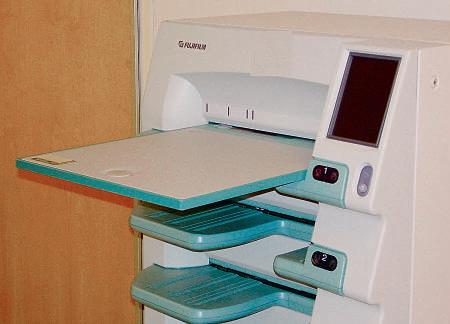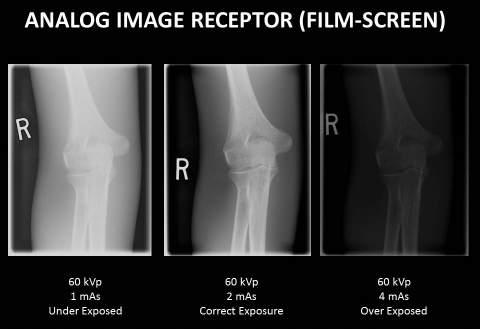
1 minute read
Image receptor sizes and orientation
As noted previously, image receptor (IR) applies to the device that captures the radiation that exits the patient; IR refers to the film cassette as well as to the digital acquisition device. Use of metric System Internationale (SI) units to describe the size of film-screen cassettes and image plates in CR has primarily replaced use of the English units. See the accompanying table for a list of available IR sizes for film-screen imaging and for CR.
AVAilABle iR siZes in FilM-sCReen iMAging
Advertisement
METRIC (SI) SIZE (CM) ENGLISH UNIT REFERENCE (INCHES) CLINICAL APPLICATION
18 × 24
24 × 24 18 × 43 24 × 30
30 × 35; 35 × 35; 30 × 40 NA 35 × 43 NA 8 × 10
9 × 9 7 × 17 10 × 12
11 × 14 General imaging, mammography Fluoroscopic spot imaging General imaging General imaging, mammography General imaging
14 × 36; 14 × 51 Full spine/lower limbs 14 × 17 General imaging 5 × 12; 6 × 12 Mandible/ orthopantotomography Fig. 1-171 AP mobile chest landscape (crosswise) IR alignment.
AVAilABle iR siZes in PsP-BAseD sysTeMs
METRIC (SI) SIZE (CM) ENGLISH UNIT REFERENCE (INCHES) CLINICAL APPLICATION
18 × 24 24 × 30 35 × 35 35 × 43
8 × 10 General imaging, mammography 10 × 12 General imaging, mammography 14 × 14 General imaging 14 × 17 General imaging
The selection of IR size depends primarily on the body part that is to be examined. The size and shape of the body part being examined also determines the orientation of the IR. If the IR is positioned with the longer dimension of the IR parallel to the long axis of the body part, the orientation is portrait; if the IR is positioned with the shorter dimension of the IR parallel to the long axis of the body part, the orientation is landscape. A common example applied to clinical practice relates to chest radiography. Patients who are hypersthenic are imaged with the IR in landscape orientation, so the lateral aspects of the chest may be included in the image (Fig. 1-171).
Students also may hear the terms lengthwise and crosswise used to describe IR orientation. These correspond to portrait and landscape, respectively.









